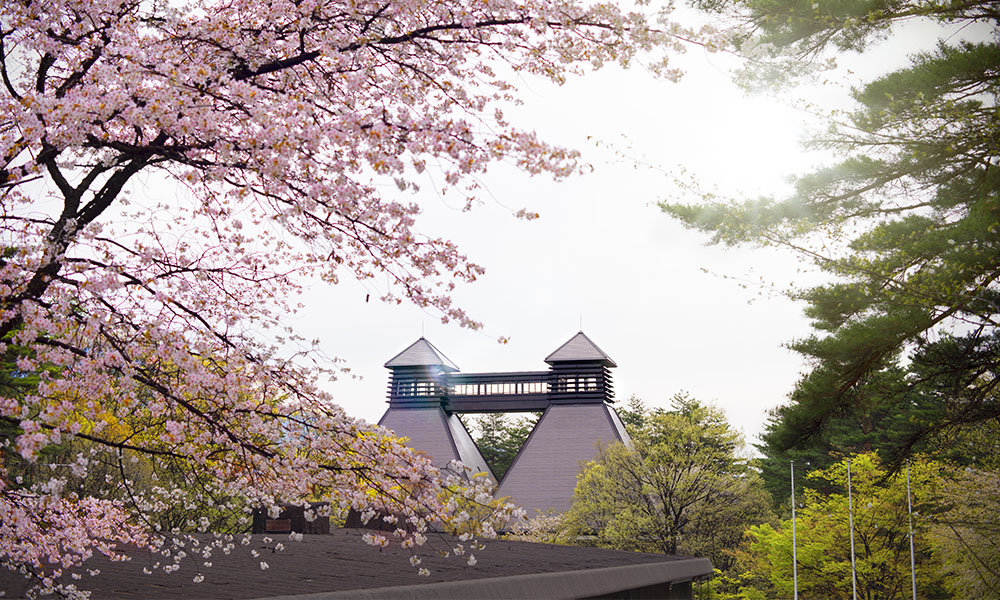

THE SPIRIT
- The Spirit
How To Celebrate International Tequila Day
Read Time 3 Minutes
Posted 31 Aug 2022
By winVintage
July 24 marks International Tequila Day, originating from the United States. Tequila can be a divisive spirit, but with the right selection – and when served correctly – it’s a very pleasant tasting experience.
We’ll take a look at the story behind International Tequila Day and how you can celebrate.
What is International Tequila Day?
While the origins of International Tequila Day are unknown (it seems to have emerged sometime in the 1990s), it seems a fitting way to acknowledge Mexico’s most famous export. International Tequila Day is celebrated with a number of tequila festivals and tours of distilleries along what is known as ‘The Tequila Trail’ in Jalisco. In recent years, the celebration has also been adopted in the U.K. and Australia due to the rising popularity of the spirit.


Named after the small town of Tequila in a valley west of Guadalajara in Jalisco, tequila can only be produced in five regions in Mexico; much like champagne and cognac’s specific locales. Agave has been used to flavour and sweeten drinks for centuries, but it wasn’t until the 1500s that the first mezcals started appearing (note: tequila is technically a mezcal, but not all mezcals are tequilas – any spirit distilled from the agave plant is considered a mezcal, but tequila can only come from the blue agave variation).
The first tequila factory was established in 1600 but it took a couple of centuries before it made an impact outside of Mexico. During Prohibition, tequila became highly popular in the U.S. because smuggling liquor into the country was easiest from Mexico. Tequila’s second wave of popularity came in the 1980s, when economic prosperity led to many Americans flocking to Mexico on vacation.
As the demand for the Mexican beverage grew, key regions had to speed up production – which was difficult given that each agave plant needs to be 8 to 10 years old before it’s harvested by hand, baked, fermented and finally distilled.

How can you celebrate?
It helps to have a little bit of background knowledge about tequila before serving it. Just like wine, terroir can influence the taste of tequila – the minerals in the soil in different areas can affect the sweetness of the agave plant. There are a few official classifications of tequila: Reposado (Espolon Reposado), Añejo (1800 Añejo Tequila), and Café (Sesion Tequila Mocha), which indicate the spirit’s age.
Mexican food is an obvious match with tequila, but matching flavour profiles to the spirit is something of an art (if anything, Reposado tequila matches with classic Mexican dishes the best). Blanco tequilas pair well with acidic dishes and chilled seafood dishes, whereas Añejo works beautifully with red meats. When in doubt, Mexican chocolate and tequila is a sure crowd-pleaser.
Tequila has varied tasting notes. To savour individual flavour profiles, we’d recommend sipping 1800 Añejo Tequila to differentiate the unique tastes. The traditional way to drink tequila in Mexico is to drink it in shots with salt and lime, or with a small glass of sangria. If you’re looking for a traditional cocktail we’d recommend a Paloma, which is simply tequila mixed with lime juice and grapefruit soda. Of course, the failsafe way to serve tequila is in a classic Margarita, which is tequila, orange liqueur (like Cointreau) and fresh lime juice – the salt isn’t necessary unless you feel like it.
However you like to take your tequila, be sure to visit your local Vintage Cellars for product recommendations and serving suggestions today.
- The Spirit
- View More Posts The Spirit












